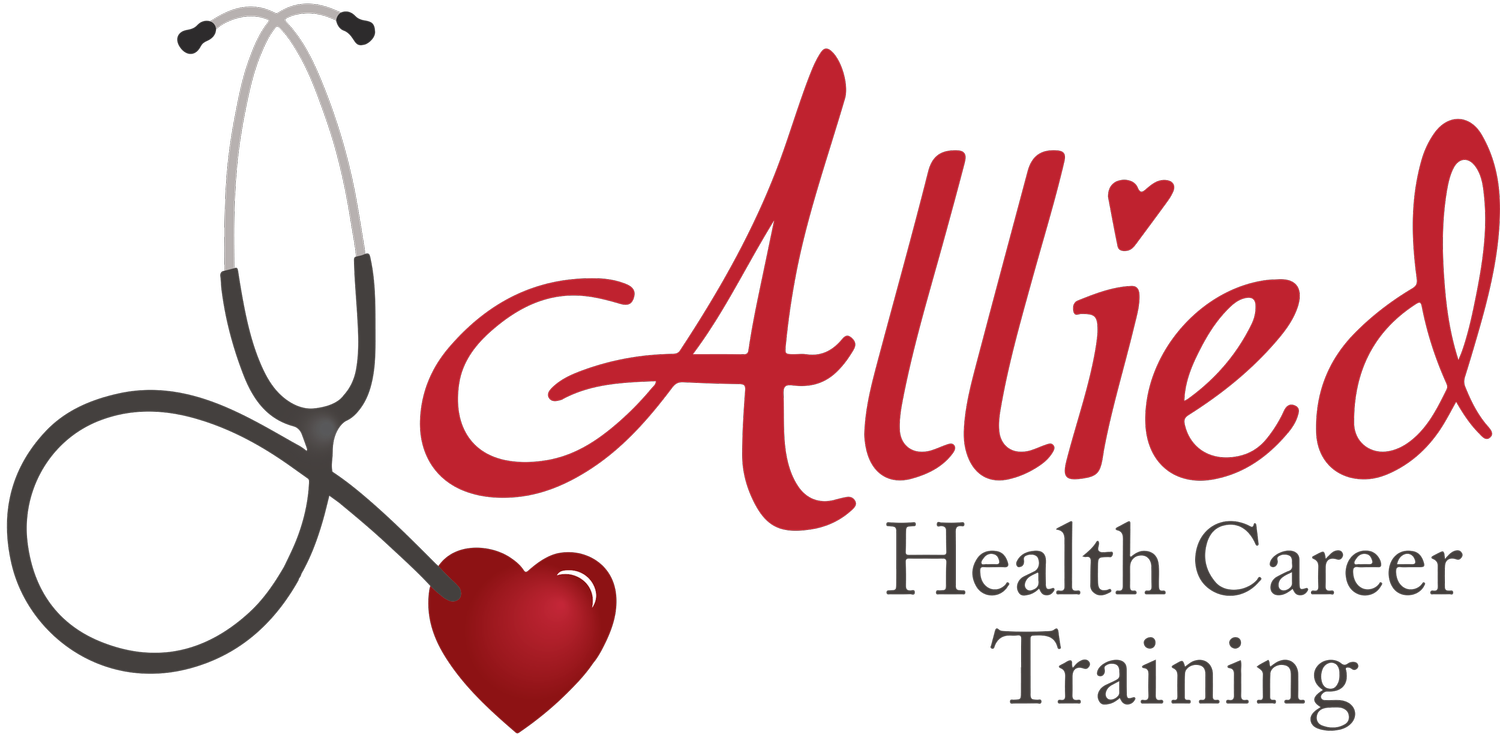So much of the time there is confusion between type 1 and type 2 diabetes mellitus. Just when you think you have it straight, it all gets tangled up again. Well let me try to help and see if we can set it straight once and for all.
Type 1 Diabetes
The cells in the pancreases that make insulin are completely destroyed, there are no more and the body cannot make any more, and therefore oral antidiabetic drugs do not work and injectable insulin is absolutely required to keep them alive. Usually people with Type one diabetes were diagnosed sometime in early life even young adults are commonly diagnosed, but many older people have had type one for decades so just because they are older does not mean they do not have type one.
Signs of someone with type 1 diabetes are: Toilet, Thirsty, Tired, and Thinner.
A few important points to remember:
1.) Type one and Type two can take insulin.
2.) Type 2 can take oral antidiabetics and other drugs to enhance their body's insulin, type one cannot because they do not have any insulin at all made in their body, they must rely on injectable insulin.
3.) Insulin is a hormone and cannot be taken orally. It is injectable either by an insulin pump which uses a tiny needle or by a regular needle and syringe.
Type 2 diabetes
Type 2 can be greatly improved by losing weight and eating a healthy diet and exercising several times a week.
Type 2 tends to be more familiar (runs in families) than type 1.
Diabetes is HYPERglycemia, meaning too much glucose in the bloodstream and not in the cells where it is needed.
If someone with diabetes has HYPOglycemia (not enough glucose aka sugar) in their blood stream it is because of the medication they are taking.
If they take too much insulin or some types of oral antidiabetic medicine, and /or not enough food they will then become hypoglycemic, and have insulin shock which happens quickly and is a medical emergency as death can occur quickly. They need simple carbohydrates quickly, like OJ, Sugar, Coca-Cola, not too much just maybe 6 ounces, then followed in about 15 to 20 min with a carbohydrate/protein mix such as cheese and crackers, PBJ sandwich, etc...
If someone keeps a high glucose, out of control for too long they can develop ketoacidosis - and go into diabetic coma. This takes time to develop but the person can become very sleepy and damage to organs and finally death occurs. This is a big reason why we check glucose levels as many people cannot tell when their glucose is too high. If it is too high they will need plain water and more insulin or if they are type 2, then insulin or oral antidiabetic medication.
The goal is to balance activity and insulin and/or antidiabetic medications with the intake of food and drink.
What is a 'good' glucose level. It depends upon the person. If it is someone that does not have diabetes, then a normal blood sugar levels are less than 100 mg/dL after not eating (fasting) for at least eight hours. And they're less than 140 mg/dL two hours after eating.
If someone is older and has diabetes they may run a little higher but should not run too much higher or lower to prevent damage to the body.
If someone is said to be a 'brittle' diabetic, it means that their glucose level is too high, then too low, and all over the place, and very difficult to control; a very dangerous situation.
You might have heard the term glycemic index. This refers to the amount of time and work it takes for any particular food to break down into glucose and get into your blood stream. Unless a person is experiencing a hypoglycemic incident, we generally want foods to have a slower glycemic index to keep blood glucose level even and not spike.

